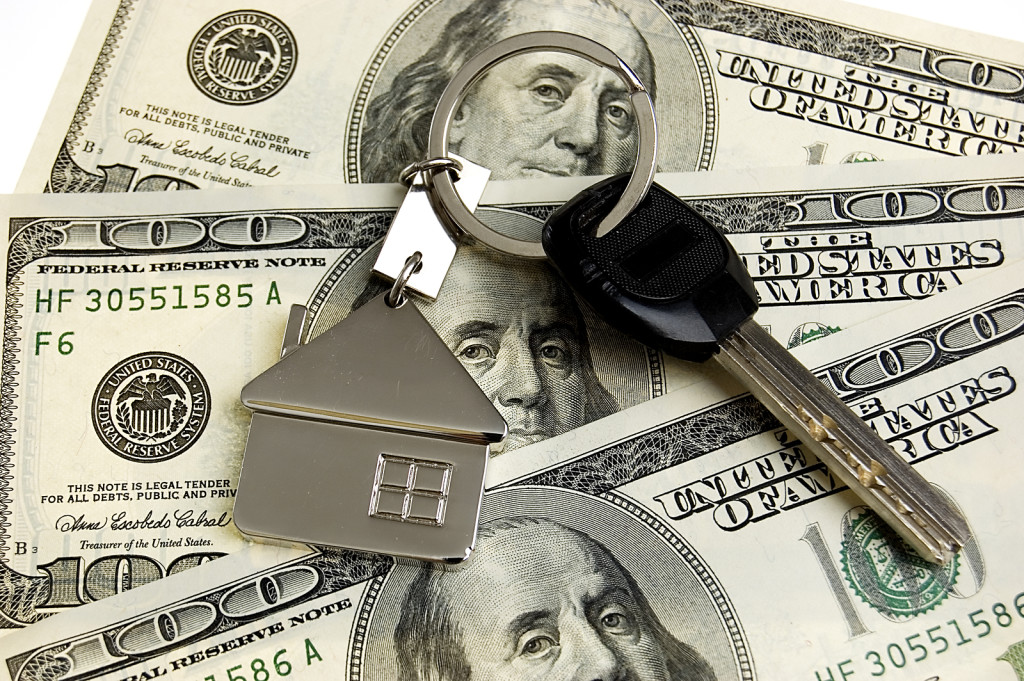By CHUCK GREEN and KIMBERLEY HAAS
The U.S. Supreme Court will be hearing two cases challenging the legality of President Joe Biden’s student loan forgiveness plan on Feb. 28 and The Mortgage Note is asking the question, why not mortgage debt relief when that is a bigger burden to average Americans?
Mortgage balances rose by $282 billion in the third quarter of 2022 and were at $11.67 trillion by the end of September.
According to a press release issued by the Federal Reserve Bank of New York, student loan balances slightly declined to $1.57 trillion.
Total household debt reached $16.51 trillion in Q3. That includes mortgages, credit cards, auto loans, and student loans.
Sarah Paulson, a certified financial planner at Valkyrie Financial in Appleton, Wis., told The Mortgage Note that it may sound fair to help homeowners who are struggling with high inflation and debt, but mortgage loan forgiveness is unlikely.
“This is a juicy question since both education and homeownership are major signs of potential wealth. While I can definitely see why people might suggest that mortgage forgiveness is a ‘fair’ thing after student loan forgiveness, there are a couple of key differences between the two that makes me think it’ll never be on the table,” Paulson said.
Consider how mortgage loans are made versus how student loans are made, Paulson continued.
“First, a mortgage is done in one shot. A buyer typically knows exactly what they’ll have to pay. At most, a banker will allow two loans to be placed on one home. Meanwhile, student loans are cobbled together semester after semester. They pile on top of each other like some weird gourmet money burger that sounds amazing but turns out to be way too tall to fit in your mouth.”
She added, “It’s one of those life choices a lot of people kind of regret, even though it looked great on the menu. Because, usually, it isn’t until graduation that a student figures out exactly how much they need to pay up each month. That’s when the reality sets in that this is going to be a big bite.”
In a speech on the U.S. Senate floor earlier this year, Sen. Roy Blunt (R-Mo.), an opponent of Biden’s plan, asked if it’s good economic policy to pay student loans, what about mortgages, credit cards, and auto loans.
“Student loan forgiveness under the president’s plan would largely benefit people who, frankly, you could argue, just don’t need it – need the benefit as well as many other American families and American individuals do,” Blunt said.
Senate Minority Leader Mitch McConnell (R-Ky.) has called the plan a “wildly unfair redistribution of wealth toward higher-earning people.”
On Aug. 24, McConnell issued a statement on Twitter saying the plan is “a slap in the face to every family who sacrificed to save for college, every graduate who paid their debt, and every American who chose a certain career path or volunteered to serve in our Armed Forces in order to avoid taking on debt.”
Andrew Griffith, associate professor of accounting at Iona University in New Rochelle, NY, told The Mortgage Note the correlation between student loan forgiveness and mortgage debt relief is easy to establish but “causation is an entirely different scenario.”
“Although I haven’t conducted a scientific study on this, I wouldn’t be surprised if a correlation did exist between student loan forgiveness and housing loan forgiveness,” Griffith said.
Griffith believes debt forgiveness is appropriate when regulatory oversight processes fail.
“When regulatory failures happen, I perceive that the nation has a responsibility to act and take responsibility. Many of the people who were victimized by acts of fraud perpetrated by higher education institutions should be made whole,” Griffith said.
He also said the nation’s taxpayers shouldn’t have to bear the ultimate cost of righting those wrongs.
“Instead, that cost should be ultimately borne by those who perpetrated these frauds. Also, regulatory processes should be modified to prevent these situations from happening again,” Griffith said.
Officials at the Consumer Financial Protection Bureau have been handling complaints regarding student loan servicing. According to Bankrate, 68% of the complaints received by the CFPB relate solely to federal student loans.
Biden’s plan offers up to $20,000 in federal loan forgiveness for tens of millions of Americans.
Those in favor of the plan argue it would offer relief to people overburdened by debt. Some of them did not finish their degree program.
The average student loan debt was $39,487 per borrower in 2021, according to journalist and analyst Chris Horymski at Experian.
Horymski wrote in a blog post that Generation X and Millennials had average student loan debts of over $46,000.
Officials at the U.S. Department of Education say nearly 90% of relief dollars will go to those earning less than $75,000 per year and no borrower or household in the top 5% of earners will benefit from Biden’s plan.
In a press release, officials said they estimate one-time student debt relief would cost an average of $30 billion a year over the next decade.
By law, they must also estimate the cost of student loan relief over the entire course of the program – in this case, more than three decades – not just the next 10 years.
“That cost is adjusted to present-day dollar values, and then recorded fully in the current fiscal year. The Department’s estimate of this total cost in today’s dollars is $379 billion. These estimates are based on highly uncertain assumptions about future economic conditions and participation rates,” the press release states.
A ruling by the Supreme Court is not expected until June. Biden has extended the ongoing student loan pause that was put in place in March 2020 at the beginning of the COVID pandemic.
Follow Us On Twitter:
Read More Articles:
Monetary Policy: How Will The Fed’s Rate Hike Affect Home Affordability?
Homelessness Report Released By HUD Officials
Predictions: Chilly Market Ahead For Housing In 2023, Conditions Improve In 2024
